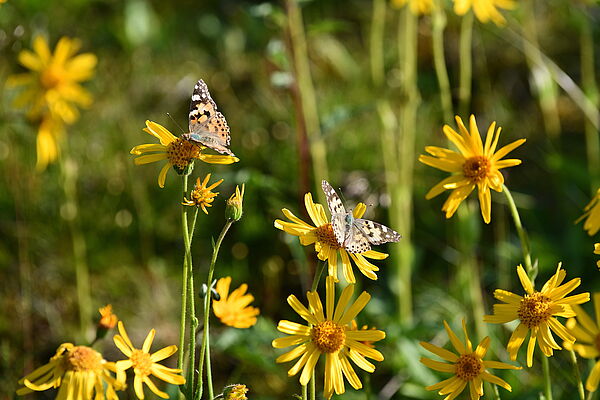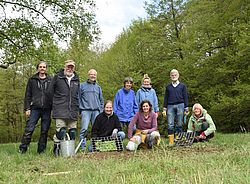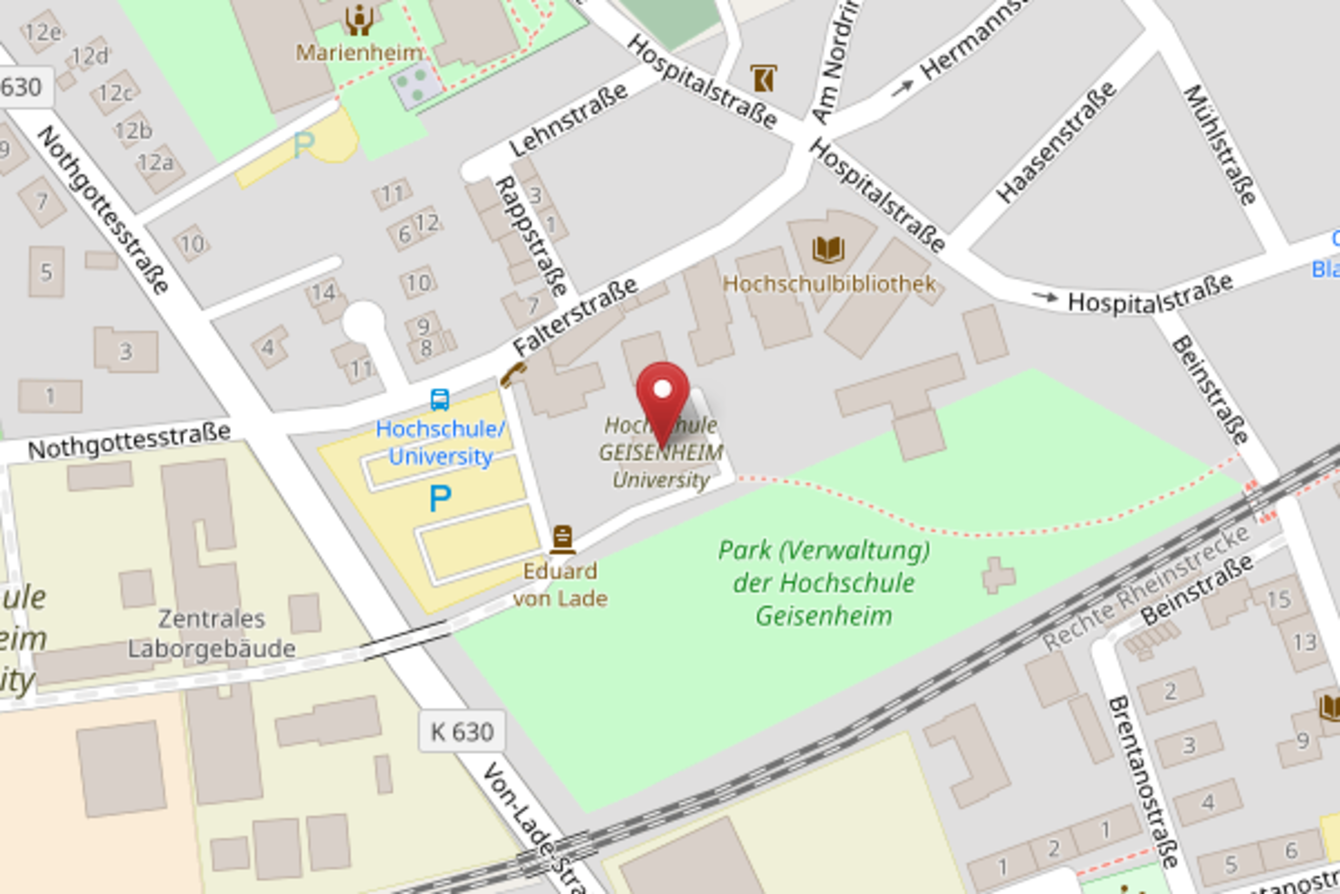Arnica is commonly known for its healing properties. While many people use it as an ointment or tincture to treat various pains, only very few have seen the plant in its natural habitat. This is no surprise, given that Arnica populations have declined drastically throughout Germany over the last decades, including the Rheingau-Taunus district, where all known populations have become extinct. The BUND (German Federation for the Environment and Nature Conservation) with its local group in Taunusstein has now managed to repopulate Arnica in two areas. The first area near Neuhof has been leased by the BUND and put into such a good condition (thanks to gentle grazing with Galloway cattle) that it even won last year’s meadow championship for its great diversity of species. It thus provides perfect conditions to repopulate Arnica montana, which was last recorded in the area in 2001. The second area is situated in the nearby nature reserve Silberbach, Schwarzbach and Fürstenwiese close to Wehen.
The project was initiated by a cooperation between the Department of Applied Ecology of Hochschule Geisenheim University, the Botanical Garden in Marburg and the Conservation Biology Group of the University of Marburg. Thanks to the joint research project ArnikaHessen, all partners have many years of experience in the protection and promotion of the endangered plant species and the restoration of its habitats – the Nardus grasslands and heaths. Ilona Leyer, Professor at Hochschule Geisenheim University, Dr. Andreas Titze, Director of the Botanical Garden in Marburg and Dr. Sascha Liepelt from the University of Marburg are delighted to see that the project is having a lasting effect and that Arnica is becoming native again in the Rheingau-Taunus district thanks to the commitment of the BUND. “Arnica used to be a common plant in nutrient-poor, acidic pastures and meadows. However, this type of grassland has become very rare due to air pollutants and intensive agriculture, which increases the level of nutrients in the soil. By restoring the natural habitats, we are also helping other endangered plant and animal species to develop stable populations, including many insects. This is a major step to stop the decline of biodiversity in our cultivated landscapes,” says Leyer explaining the background of the project.
The repopulation initiative has been planned well in advance. For future upkeeping, Wolfgang Ehmke and Thomas Petsch from the BUND local group in Taunusstein have found a farmer who will manage the areas through gentle grazing in line with nature conservation regulations. Genetic studies as part of the ArnikaHessen project identified suitable donor plants from which seeds were collected and raised in the Botanical Garden of Marburg. Previous soil tests also showed that both areas are well suited to repopulate Arnica montana.
After the initial preparation, all project partners could go ahead with the initiative and carefully transplanted the 500 seedlings into their new habitat a few days ago. Now we have to be patient. Once the plants have settled, they will bloom for the first time next year and add joyful splashes of yellow to our landscape.




